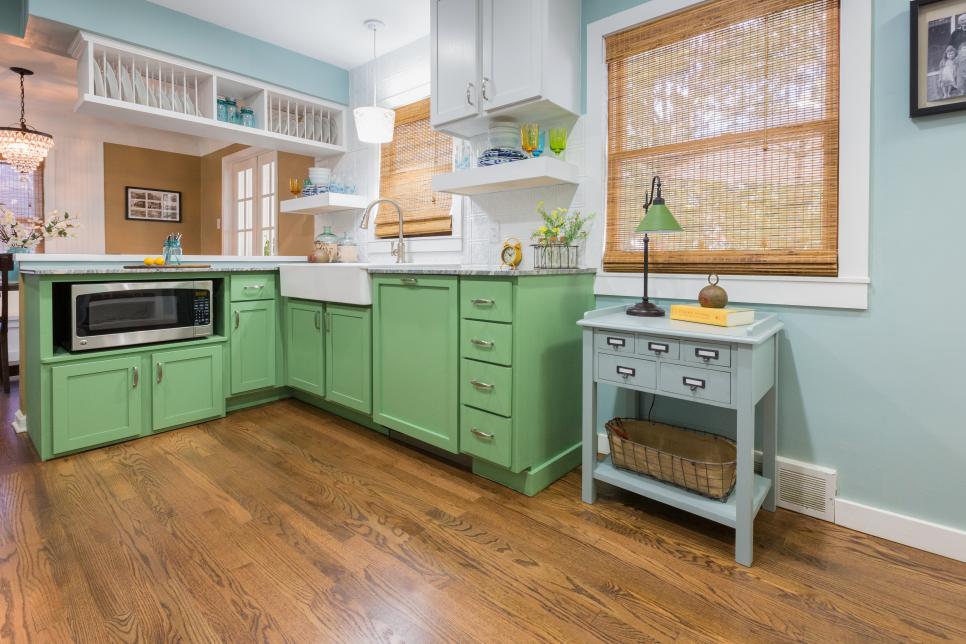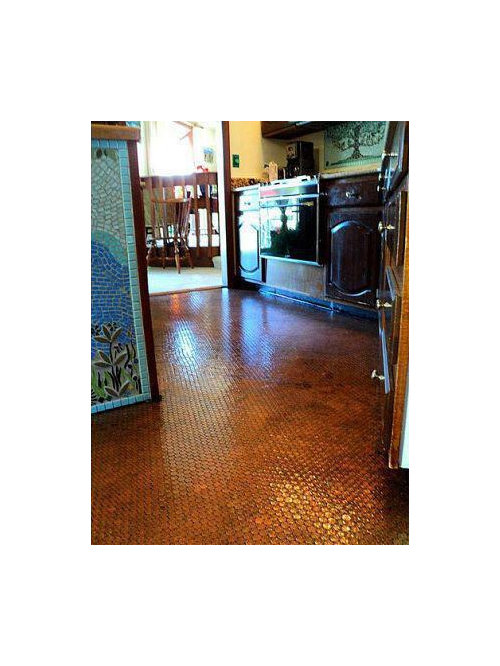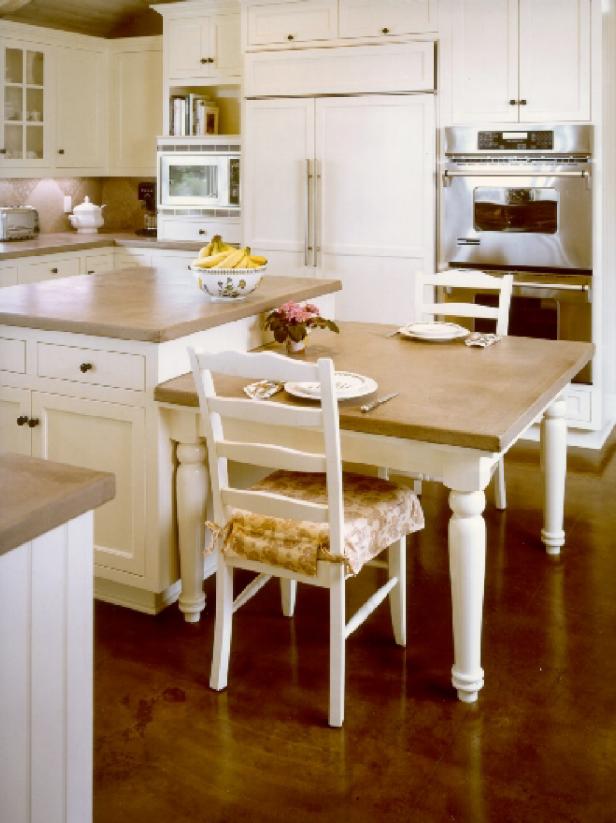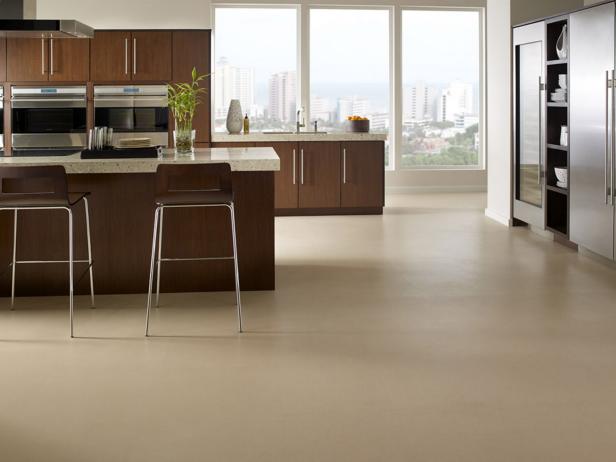Updating your kitchen floor with DIY-friendly materials can transform the space without professional costs. Peel-and-stick vinyl tiles offer the easiest installation, with realistic wood or stone patterns that click together effortlessly. Luxury vinyl plank (LVP) provides waterproof durability with simple floating floor installation. Painted concrete creates an industrial-chic look using stencils or geometric designs for custom flair. Laminate flooring with attached underlayment simplifies the process for beginners. These options deliver style and function while keeping projects manageable for weekend warriors.
Creative treatments elevate basic materials into standout features. Stenciled concrete floors mimic expensive tile patterns using specialty paints and sealers. Distressed wood-look planks add rustic character to modern kitchens. Checkerboard designs using alternating tile colors create classic diner appeal. Mixed-width plank installations add visual interest to vinyl or laminate floors. Painted floorcloths made from canvas offer temporary, artistic solutions for renters. These imaginative approaches personalize kitchens while working within DIY skill levels and budgets.
Preparation ensures successful DIY floor installations. Concrete subfloors require thorough cleaning and leveling compound for uneven areas. Existing vinyl must be removed or properly secured before overlaying new flooring. Acclimating wood-look materials to room temperature prevents post-installation gaps. Precise measurements and layout planning minimize awkward cuts around cabinets. Quality underlayment improves comfort and noise reduction for floating floors. Taking time with these preparatory steps prevents costly mistakes and ensures professional-looking results.
Tool requirements vary by flooring type but remain manageable. Vinyl projects need only a utility knife, straightedge, and measuring tape. Laminate installations require a pull bar, tapping block, and circular saw for cuts. Concrete floors need etching supplies, rollers, and painter’s tape for painted designs. Essential safety gear includes knee pads, gloves, and eye protection. Renting specialty tools like floor rollers or concrete grinders can be cost-effective for single projects. Having the right equipment on hand makes installations smoother and safer.
Maintenance considerations help preserve DIY floor investments. Vinyl and laminate need only regular sweeping and damp mopping. Painted concrete requires occasional touch-ups and resealing in high-traffic areas. Area rugs protect work zones from excessive wear. Felt pads under chair legs prevent scratches on all surfaces. Each material has specific cleaning product requirements to avoid damage. Understanding these care needs ensures your DIY kitchen floor remains attractive and functional for years. With proper selection and installation, these projects prove that stunning kitchen floors don’t require professional price tags.
Small kitchen ideas on a budget – how to go big on style Livingetc
Easy Breakfast Nook Ideas Bay window seating kitchen, Bay window seat, Bench seating kitchen
Unique kitchen floor to share
Alternative Kitchen Floor Ideas HGTV
Beautiful Kitchen Floor Ideas That Are Sure to Steal the Show
Alternative Kitchen Floor Ideas
DIY Decorating and Home Improvement BlogDIY Show Off ™ – DIY
Related Posts:








:max_bytes(150000):strip_icc()/kitchen-floor-ideas-2-c3ece2e0387f4fd9a7ce46ee0510a0d8.jpg)

